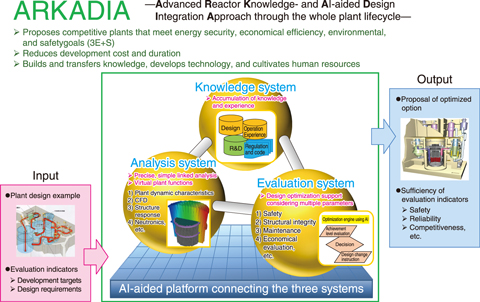
Fig.7-1 Advanced design evaluation and supporting system
Fast reactors using fuel cycle technology offer a sustainable energy supply in conjunction with other renewable sources, such as solar and wind power, to reduce CO2 emissions and mitigate global warming while meeting growing energy demands. Using fast reactor cycle technology with known uranium resources will be able to meet energy demand for over a thousand years. Furthermore, it enables geological disposal of vitrified high-level radioactive waste through nuclear transmutation that greatly reduces the radiotoxicity and heat of minor actinide elements with long half-lives.
In the “strategic roadmap” published in December 2018 by Japan’s Inter-Ministerial Council for Nuclear Power, it was predicted that fast reactor technology will greatly contribute to the efficient use of resources and to energy self-sufficiency, given the uncertain global energy future and the scarcity of energy resources in Japan. To accomplish this, the volume and toxicity of radioactive waste must be reduced to address long-term nuclear waste issues. It is therefore critical to promote new and unconventional approaches in addressing these problems. In the first five years, Japan promotes technology competition among manufacturers to seek diverse, innovative, and probable technological options. Then, the government, JAEA, and electric power suppliers will scrutinize the candidates and select the options, with the aid of the manufacturers. It is expected that fast reactors will commence operation at the right time in the mid-21st century, on the basis of how much the technology has developed and how much more needs to be done. JAEA will prepare its technology infrastructure to accommodate various requests from private sectors and to promote Japan’s fast reactor technology and standards, including safety criteria, to be adopted globally. JAEA promotes developments of advanced design evaluation and support system including state-of-the-art technologies domestically and overseas, safety enhancement technologies, radioactive waste reduction technologies, economic improvement technologies of fast reactors, fuel cycle technologies such as fuel fabrication and reprocessing.
As the advanced design evaluation and support system, JAEA will integrate the knowledge database containing various research and development outcomes and advanced analysis systems into an evaluation system to create the advanced evaluation platform called ARKADIA (Fig.7-1). ARKADIA enables developers to quickly identify optimum options that meet their targets. Towards safety enhancements, JAEA has developed models of the complex vibrations of fuel assemblies during an earthquake. Furthermore, experimental results have indicated that the coolant will react with molten fuel and turn it into fine debris to make it coolable effectively in a core melt accident (Topics 7-1 and 7-2). To reduce radioactive waste, the precision of neutron capture cross-section of minor actinides has been improved (Topic 7-3). To improve economic efficiency of fast reactors, the durability of long-life control rods has been investigated (Topic 7-4). Finally, JAEA has improved the techniques for fabricating fuel to obtain uniform uranium-plutonium mixed oxide powder while controlling the grain size (Topic 7-5).
Overall, these improvements contribute to the safety enhancement and commercialization of fast reactor cycle technology.